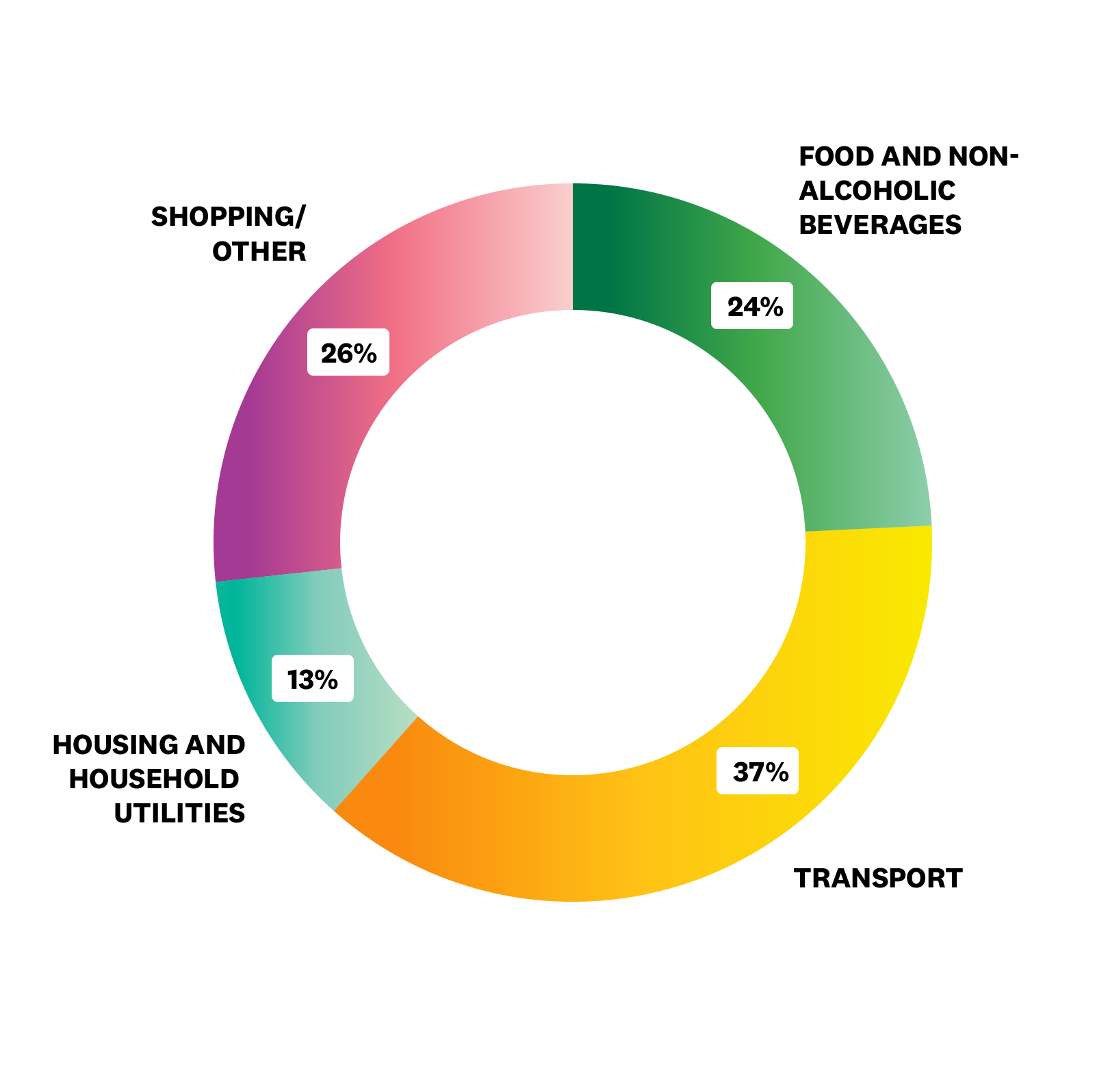So, who pays for GHGs?
Ōtautahi- There’s a question before the elections this year that want-to-be members of parliament need to be able to answer.
Who should pay for greenhouse gas emissions from our agricultural sector?
It's complicated. The sector won the argument that methane produced from ruminant livestock digesting grass (dry matter) is not the same as, and should not be converted into, equivalent units of carbon dioxide.
Biogenic methane from agriculture and waste should have a separate quantitative target, that reduces over time but not to zero.
A target that reflects the science that the methane breaks down into carbon dioxide and water vapour in the air over decades rather than centuries.
The consequence of this gas with a short life is that the impact on warming is much greater than carbon dioxide in the first 20 years (86 times) and even over 100 years (28 times).
But that if there is a constant rate of emissions of methane over 20 years or longer, although the world is warmer than it would be if there was never any methane emitted or we reduced methane emissions, the warmer world we created is not getting warmer every year.
That science was known and reflected in Aotearoa’s domestic climate policy in 2019 when split gas targets were established under the amendments to the Climate Change Response Act 2002 passed in what was known as the Zero Carbon Act of 2019.
An Act passed by all 119 members of parliament who were present to vote that day.
New Zealand, along with nearly 200 countries, signed an Agreement in Paris in 2015 that committed us to set and publish to the world the maximum claim we as a country would make on the capacity of the atmosphere to absorb greenhouse gasses..
This is while giving humanity at least an even chance of holding global temperature rises below 2 degrees centigrade above pre industrial levels (think average 1850-1900 temperatures) this century.
We revised our claim which now stands at net emissions of all gasses from all sources using globally agreed ways of measuring less globally accepted withdrawals of greenhouse gasses.
To meet our international promise, we can reduce our emissions, plant trees, pay another country to emit less than they have committed to or default on our agreement.
Trees not already planted will make little contribution to meeting our 2030 target. There is simply not enough time for newly planted fast growing pine trees to take that much carbon from the air. We are trying to reduce our emissions from electricity production by building geothermal, wind and solar farms to avoid burning as much coal and fossil gas and we are seeking to reduce emissions from burning coal to make heat by using electricity.
We are seeking to reduce the use of diesel and petrol in ground transport by increasing walking, biking, shared transport, lowering emissions from petrol and diesel cars and by replacing internal combustion engine cars, vans and busses with battery electric and potentially hydrogen energy sources.
But even if we hit our plans for reductions, we are about 100m tonnes of emissions above our committed level - so we need to pay another country to do more that they have promised to do.
Who should pay this bill? All emitters, tax payers, only emitters who make a profit from their emissions.
Who should get credit for carbon sequestered in trees? Should forestry credit be ring fenced for land based emissions such as livestock- 0.6 ha of pines sequesters the emissions from one dairy cow on average each year over say 30 years. With 6 m dairy cows that's 3.6 m ha of pine forests. Currently the total pine forests are about 2.1 m ha, so it's all of that and a lot more.
But if forests were ring fenced in this way, the emissions price paid on coal, fossil gas and petrol and diesel used by us all would be a lot higher.
Even if we chose to recognise sequestration not recognised by the rest of the world, that will not help fill the gap between our net emissions from domestic action and our lower level of net emissions we have agreed to.
So if we are 100 m tonnes short and it costs say only $25 a tonne for permanent, additional, measurable and enforceable offshore credits, that's still going to cost NZ Inc $2.5 billion when it comes time to square up in the early 2030s. With GDP in excess of $400 billion per annum, we will not be able to argue we cannot afford to pay, even if the bill is multiples bigger.
There is no free ride so perhaps we think about just walking out on our promises to the world? What happens next time we want to hold other countries to their promises such as to give us access to their markets or treat our investments in their countries with respect?
A reputation as an oath breaker would not sit well with many of us. So, who pays?















Lisa was born in Auckland at the start of the 1970s, living in a small campsite community on the North Shore called Browns Bay. She spent a significant part of her life with her grandparents, often hanging out at the beaches. Lisa has many happy memories from those days at Browns Bay beach, where fish were plentiful on the point and the ocean was rich in seaweed. She played in the water for hours, going home totally “sun-kissed.” “An adorable time to grow up,” Lisa tells me.
Lisa enjoyed many sports; she was a keen tennis player and netballer, playing in the top teams for her age right up until the family moved to Wellington. Lisa was fifteen years old, which unfortunately marked the end of her sporting career. Local teams were well established in Wellington, and her attention was drawn elsewhere.